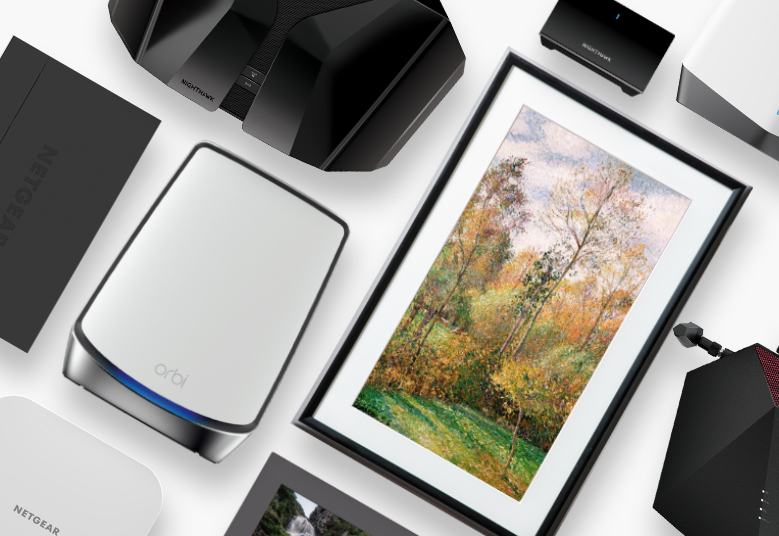On consumer routers, we have around thirty-two clients maximum per radio.
Give or take.

I come late to this discussion, but if I understand L&LD's answer in post #2 above, he says the limit for most consumer routers is 32 clients connected on 2.4ghz band "per radio."
Does that mean, for example, that using an Asus GT-BE98 Pro router, which has four separate radio units that each operate on the 2.4 ghz band, that one could then connect 32 x 4 (or 128) 2.4ghz client devices to that router concurrently without overloading either the hardware or firmware?
I ask because in my quest to automate my entire home, I now have well over 120 IoT client devices (and actually way, way more "connected" IoT devices than just pure "wifi" stuff, since I'm also using 60+ Yolink LORA devices, more than 65 Lutron Caseta switches and dimmers, which use Lutron's proprietary Clear Connect wireless range, and a bunch of Zigbee and BLE devices as well. But for actual 2.4ghz wifi devices, including light bulbs, LED strips, outdoor plugs, string lights, robot vacuums, and just other IoT stuff, I've got well over 120+ actual 2.4ghz wifi devices up and running.
I also have several NAS'es, we have a bunch of laptops, tablets, and streaming TV's, but all of that is running quite happily on 5ghz, so I am not at all concerned about that stuff.
But because as I've continued to add more and more IOT devices over the past year or so, the more connected "things" there are, the more often there have been seemingly random disconnects, mostly with wifi bulbs (Wiz bulbs if you must know), as well as Aqara FP2 Presence sensors (I have 6 of these in various rooms, they require 2.4ghz, and when they stay connected they are really great, allowing one to set up specific zones in a room for various automations and lighting, but when they disconnect they are difficult at best to deal with). In short, I have a ton of 2.4ghz devices, and a lot of other radio transmissions in or near the 2.4ghz band (with Zigbee and BLE) that I'm not sure whether the disconnects are due to radio interference and noise, or simply due to limitations in the Asus hardware and/or firmware.
This is the hardware/software I'm using: My main router is an Asus GT-BE98 Pro (located upstairs near my Spectrum supplied Hitron DocCis3.1 modem, 1Gig down, 40Mbps up). The router is connected via a Moca 2.5Gb coax adapter to another Asus GT BE98 Pro via ethernet port, which is located downstairs, and set to AP mode, and broadcasting it's own 4 separate SSID's, i.e., one 2.4gh, one 5ghz, and two 6ghz ssids).
Both the router and the AP are each broadcasting their own separate IOT SSID's (upstairs is "Asus-IOT" and downstairs is "AsusDown-IOT"). Add to this, that I also have set up an Asus GT-AXE16000 which connected to the router (not the AP) wirelessly as a AI mesh node, which is located in another part of our downstairs. The router's 2.4ghz channel is set to 20Mhz, assigned to Channel 1; the AP is also set to 20Mhz, and assigned to Channel 6.
I am also following Tech9's advice in terms of the "Professional" settings on both router and AP for 2.4ghz, i.e.,
In Wireless - Professional:
Roaming Assistant - disabled (let devices connect at any possible signal level)
Preamble Type - Long (may improve connection in high interference environments)
Enable TX Bursting - disabled (applies for 802.11g clients only, non standard)
Enable WMM APSD - disabled (may cause issues with some devices)
Modulation Scheme - 802.11n (Turbo/NitroQAM is non standard specs)
Airtime Fairness - disabled (most IoT are inactive for long periods of time)
User MU-MIMO - disabled (doesn't apply for 802.11n at 2.4GHz)
Explicit Beamforming - disabled (no 802.11n device supports it)
Universal Beamforming - disabled (non standard attempt with no device feedback)
TX Power Adjustment - Performance (max power possible for max range)
n Wireless - General:
SmartConnect - disabled (separate SSID for 2.4GHz and 5GHz)
Wireless Mode - Auto
Channel Bandwidth - 20MHz (don't use 20/40 in dense Wi-Fi environments)
Control Channel - Fixed (select the channel with higher available bandwidth, not necessarily 1-6-11)
Authentication Method - WPA2 Personal (WPA3 needs PMF enabled and few IoT devices support WPA3)
WPA Encryption - AES
Protective Management Frames - disabled (may not be compatible with all devices)
In any event, what I've now done is to assign "manual" (or static) IP addresses for about 50 or so of my IOT devices (including every one of my 2.4ghz wifi light bulbs and LED strips), and several other devices, including my Aqara Presence sensors that sometimes would disconnect. All with the idea of testing to see if using static or manual assigned IP's for these devices will help them remain more stable and connected.
So, I suppose my very long-winded way of asking a question, assuming you've stuck around this far, is this: Do the Asus GT-BE98 Pro's actually have a real, hard-coded limit to the number of 2.4ghz client devices that can be connected at any given time?
And a subquestion, I suppose is this: Is there any other setting that anyone is aware of that can be tweaked to help 2.4ghz IoT devices remain connected and stable on the network?
Any and all thought, input or suggestions would be greatly appreciated.


